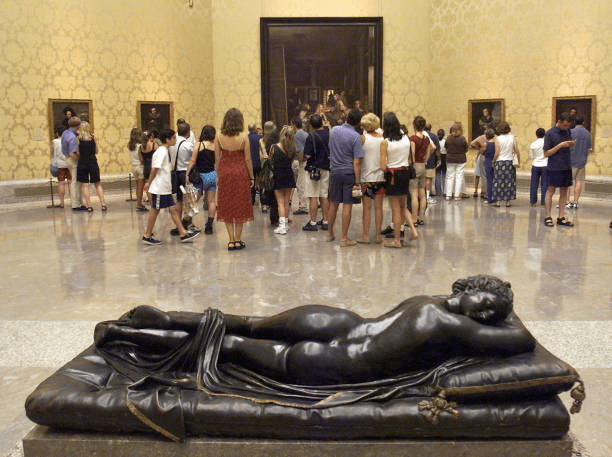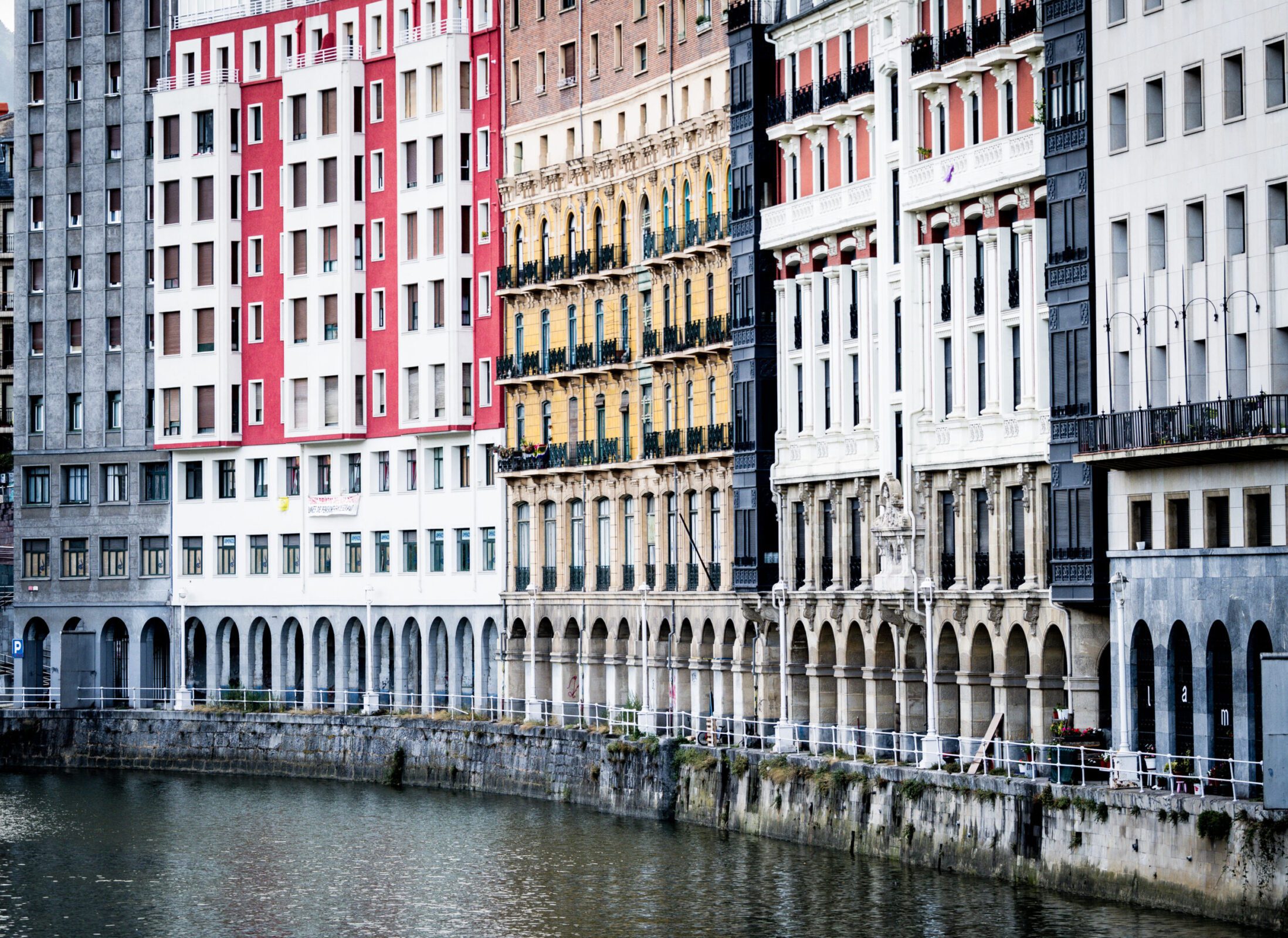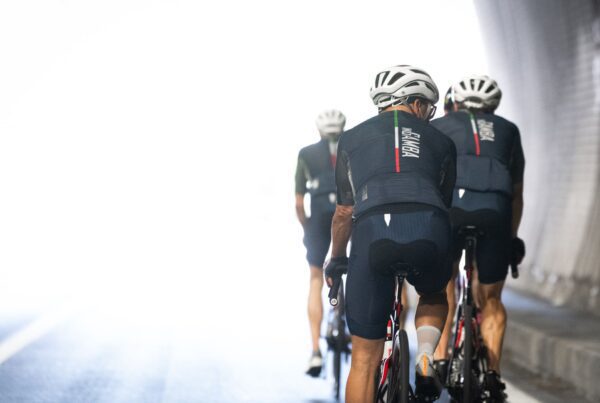The Vuelta a España, the final Grand Tour of the season, starts this weekend, and already countless stories have been written about the race and the racers. On paper, two-time Tour winner Jonas Vingegaard will start as a strong favorite with João Almeida, Juan Ayuso and Ben O’Connor hoping to challenge. Meanwhile, Mads Pedersen and Jasper Philippsen promise to trade punches in the points competition.
In addition, there will be much anticipation around the daunting climbs like L’Angirlu, the Lagos de Somiedo La Farrapona, the Alto de el Morredero or the Bola del Mundo.
But like every Grand Tour, the Vuelta a España is also a unique platform to illustrate the country’s culture, history and heritage, and here are just five stage locations that attracted our eyes for both cyclists and non-cyclists alike.
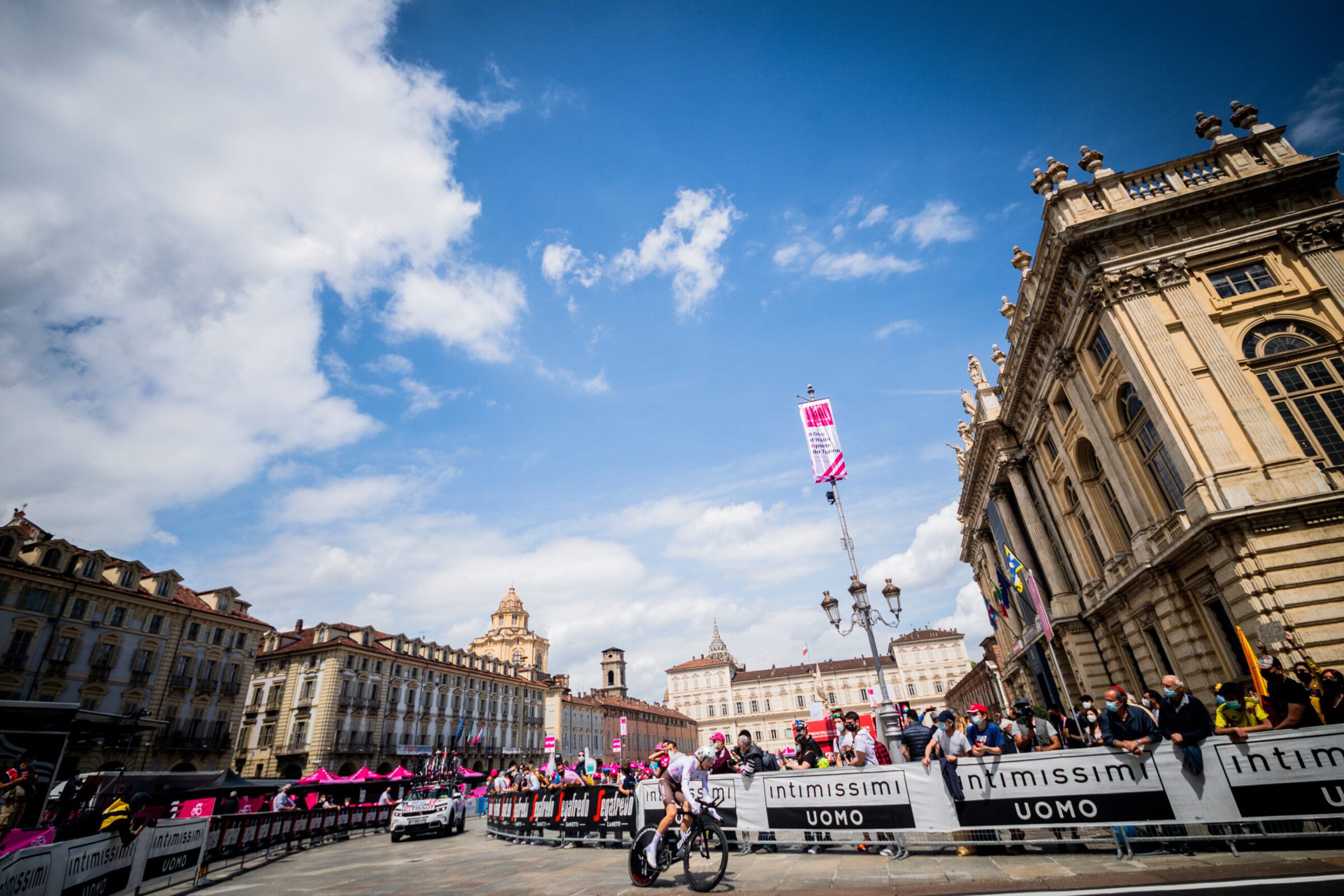
Turin
While the Tour de France frequently celebrates their Grand Depart in foreign cities, this year’s Vuelta marks only the sixth time the race’s history that it will travel outside of Spain’s borders for the start of the race, with a much-anticipated start in Turin, Italy.
Situated on the upper reaches of the Po, Italy’s longest river, Turin has a long and rich history. It was here that many of the seeds of Italian unification were planted in the 19th century, and it was the first capital of the Kindom of Italy in 1861, while in the 20th century, it forged its reputation as an industrial center, especially for the automotive industry as it is the historical home to FIAT.
But Turin has long fostered a reputation as a sports town as well. Football fans know it for its iconic Juventus team, while the city hosted the 2006 Winter Olympics, and, of course, it is a faithful friend of cycling.
Needless to say, the Giro d’Italia has visited Turin on many occasions and in both 2021 and 2025 the race actually started here in the city center. This year’s Vuelta, in contrast will not have an opening time trial, but when the Vuelta rolls out through the city on stage one, there will be plenty to cheer about.
The fourth largest city in Italy, Turin is dotted with many architectural jewels like the Palazzo Madama, the Borgo Medioevale, the Royal Palace of Turin or the Palazzina di Caccia of Stupinigi. The Royal Palace was originally constructed as a sort hunting lodge, but with its ornate expanses, it obviously became much more. And for those in search of a more rootsy experience, it is hard to do better than the Porta Palazzo, the largest outdoor market in Europe. In short, it’s a good city to watch a bike race, or to simply to get lost in.
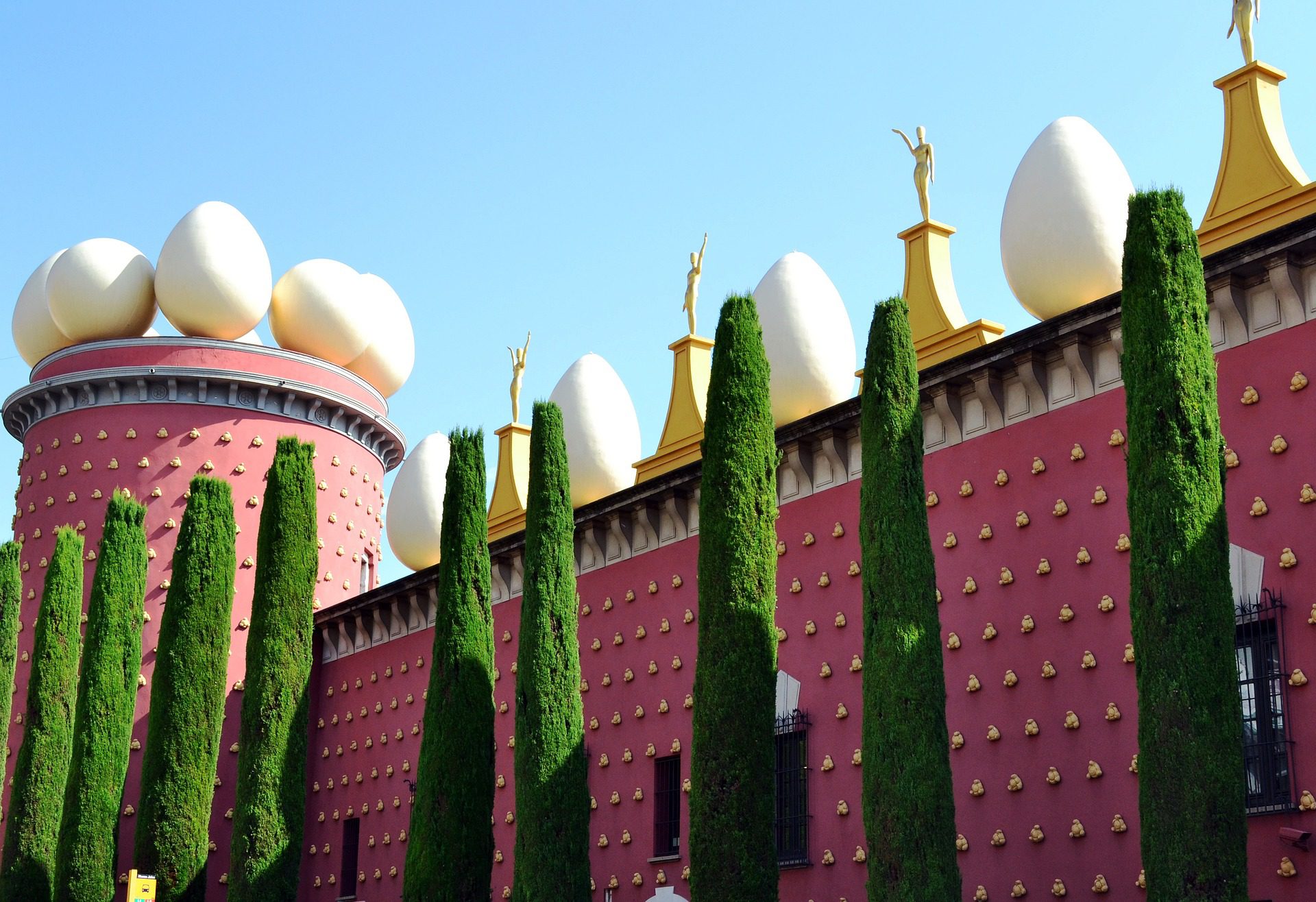
Figueres
After several days in Italy, not to mention a stage finish in France, the Vuelta will finally return to Spain on stage for stage five, with a much-anticipated team time trial in Figueres, birthplace to Salvador Dali, perhaps the most celebrated of all surrealist aritists.
Today, Figueres houses the Dali Theater Museum, an architectural jewel conceived by Dali himself.
Interestingly, in addition to his flamboyant personality and his lavish lifestyle, Dali was quite the cycling fan. During his many years in Paris, he could be seen riding around town on his folding bike, and he was an avid Tour de France fan, which he would listen to on the radio while working in his studio in the summer.
“Listening to the riders suffering on the mountains, I have created some of my best work,” he once said. “When the Tour de France finishes, I have a sort of depression, that doesn’t require me to rest, but where I feel that I am missing something: a big part of the heavenly enchantment of my summer has finished.”
It comes as little surprise then that Dali also included cyclists in his work. In 1937, just two years after the first Vuelta a España was held, Dali created Symphony Bicyclette, as part of a theater collaboration with the Marx Brothers. The work captures a literal sea of cyclists riding randomly underneath a symphony led by a harpist and pianist who are positioned on the bow of a ship.
Just a few years later Dali would address similar themes when he collaborated on a modern ballet loosely based on the poems of Paul Verlaine. Entitled Sentimental Colloquy, it was a true celebration of Surrealism as it portrays a group of cyclists riding in different directions with rocks on their heads and long wedding vails attached to the rocks.
Clearly Dali’s vision of cycling had little room for questions of speed and aerodynamics, although one could argue that certain time trial bikes and equipment possess their own surrealist aspects. Regardless, stage five will bring the two contrasting visions together in a most original manner.
”Like every grand Tour, the Vuelta a España is also a unique platform to illustrate the country’s culture, history and heritage.
Bilbao
This once sleepy industrial port town on the northern coast of Spain has transformed itself into a cultural mecca all its own over the past 30 years. While the initiative to deindustrialize and focus on urban redevelopment came from the city itself, nothing proved to be more of a catalyst than the construction of the Bilbao Guggenheim Museum in 1997.
Designed by Frank Gehry, it is considered nothing short of a modern architectural masterpiece, and while it houses a selection of works from the renowned Guggenheim Collection, they can at times appear dwarfed by the magnitude of the structure itself.
Simply put, to stand at the Bilbao Guggenheim is to stand before greatness, as the giant organic forms covered by sheets of titanium are ever-changing with the light.
Built on the banks of the Nervión River, the Guggenheim crystalized the city’s new identity, and has inspired urban innovation ever since. Today, Bilbao is nothing short of a jewel of a city, easily walkable and often enchanting.
And, of course, cycling fans know Bilbao as is sits in the heart of the Basque Country, a region known not only for its cyclists, but its cycling fans, who are reputed as some of the most passionate in the world.
It was the rich cycling heritage of this region that attracted the Tour de France just two years ago, as Bilbao and the Basque Country provided a memorable setting for the Grand Depart of the 2023 race. And stage 11 of this year’s Vuelta will give the city and its surrounding region yet another opportunity to celebrate cycling.

Valladolid
The city of Valladolid may not jump out as a historic or cultural destination, but perhaps that is why the Vuelta organizers decided to position the stage 18 time trial here, as the 27.5-kilometer event will loop around and through the city streets, highlighting the town’s treasures.
This is not the first time the Vuelta has finishes in Valladolid. No, it is actually the 35th, but a time trial offers perhaps the ideal format for a bike race to show off a city.
The capital of the Castile et León region, Valladolid has a rich cultural history all of its own. It is here where Cervantes—often considered Spain’s greatest writer—lived briefly in the early 17th century, and his book The Dialogue of the Dogs was set here. And it was here where Christopher Columbus died. Cervantes’ house, as well as the Columbus Museum, which was built on the site of his house, can both be visited easily while walking through the streets of Valladolid.
Much of city life, however, centers around the Plaza Mayor, the main square of the city. Dating back to mid-13th century, it actually served as the model for the Plaza Mayor in Madrid and is still very much a center of activity today. And come stage 18 of this year’s Vuelta, it promises to be packed with bike fans.

Madrid
The traditional host to the final stage of the Vuelta a España is also one of the world’s biggest tourist destinations, so identifying any single cultural or historical spot is impossible. Instead, start by simply walking around, meandering through the city’s many avenues, plazas and side streets.
The finish of the race is held at the foot of the impressive Cybele Palace, which was actually once a post office, although it indeed appears more like a palace with its expansive, ornate façade.
And the location of the finish is made all the better by its proximity to the Prado, truly one of the world’s great museums. Here, you can take in many of the masterpieces by El Greco, Velazquez and Goya.
Oh, and if you haven’t had enough masterpieces for one day, step across to the Museo Reina Sofia, which houses Guernica, Picasso’s defining homage to the victims of the Spanish Civil War and the brutality it instilled.
